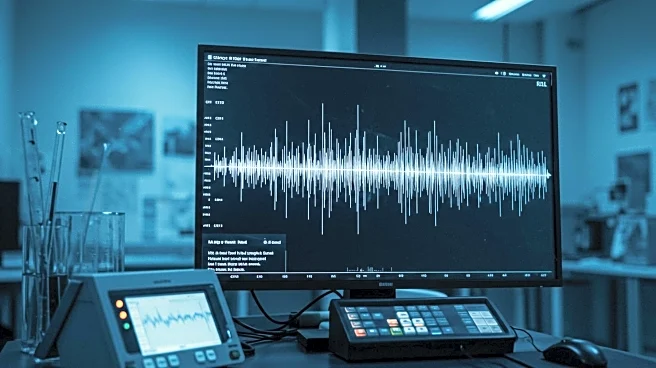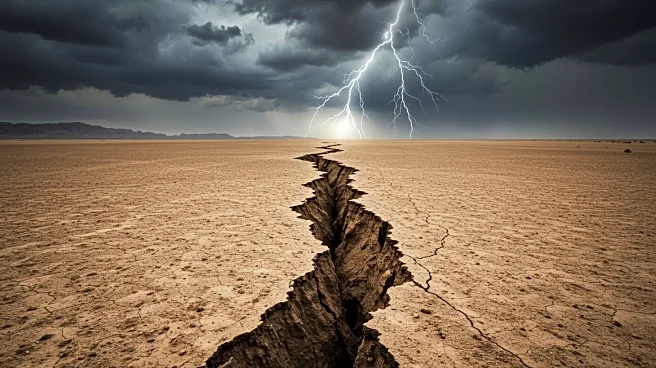Rapid Read • 8 min read
Caltech scientists have conducted a study on the recent magnitude 7.7 earthquake that struck Myanmar along the Sagaing Fault on March 28, 2025. The research, led by Jean-Philippe Avouac and published in the Proceedings of the National Academy of Sciences, utilized satellite imaging to track the fault's movement. The findings revealed that the fault slipped over 500 kilometers, challenging previous understandings of earthquake cycles. This study suggests that similar strike-slip faults, such as California's San Andreas Fault, could produce unprecedented and unpredictable quakes. The research highlights the potential for faults to slip beyond historical records, indicating a need to rethink current earthquake forecasting models.
AD
The study's implications are significant for seismic hazard assessment, particularly in regions like California that are home to major fault lines. Current models, which are largely based on historical earthquake data, may not accurately predict future seismic events. The research suggests that faults can release more energy than previously anticipated, posing a greater risk to populated areas. This could impact public policy and infrastructure planning, as authorities may need to revise building codes and emergency preparedness strategies. The findings underscore the importance of developing more accurate, physics-based models to better predict and mitigate the effects of potential mega-quakes.
The study calls for a reevaluation of seismic hazard models to incorporate time-dependent factors, such as recent fault activity and slip magnitude. This approach could lead to more precise predictions of earthquake probabilities over specific time periods. Researchers and policymakers may collaborate to enhance earthquake preparedness and response strategies, potentially influencing building regulations and public safety measures. The study also opens avenues for further research into the complex behaviors of strike-slip faults, which could improve understanding and forecasting of seismic events globally.
The research highlights the limitations of relying solely on historical earthquake data for forecasting. It suggests a shift towards integrating advanced imaging techniques and physics-based models, which could revolutionize the field of seismology. This approach may also influence global earthquake preparedness efforts, as other regions with similar fault systems could benefit from these insights. The study emphasizes the need for continuous monitoring and adaptation of seismic models to account for evolving geological conditions.
AD
More Stories You Might Enjoy












